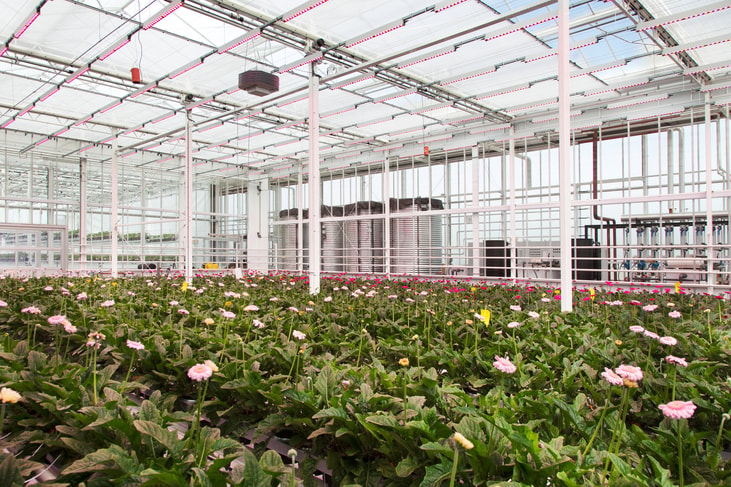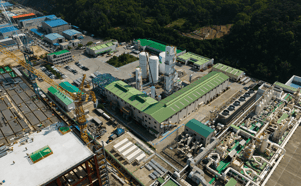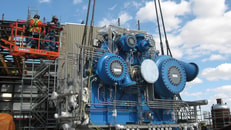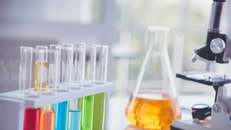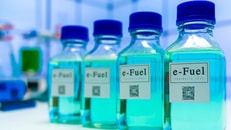Monitoring an important greenhouse gas
Scientists at Wageningen University & Research in the Netherlands have employed Vaisala carbon dioxide sensors in their research greenhouses for over a decade. Carbon dioxide is an extremely important measurement parameter in plant science, not just because plants need carbon dioxide to grow, but also because environmental emissions contribute to climate change, so enormous threats and opportunities surround this gas. As a world renowned research organisation, the value of the institute’s work is partly dependent on the accuracy and reliability of sensors, so it is important that its researchers do not compromise on sensor quality.
Wageningen has been one of the driving forces in research and technology development for greenhouse horticulture in the Netherlands. The institute’s expertise in the greenhouse cultivation of ornamental, fruit and vegetable crops is unique, and together with growers and technology partners, it has developed new cultivation systems, climate control systems, revolutionary greenhouse cover materials and other innovations. The application of these new technologies has made greenhouse horticulture in the Netherlands a world leader.
The Plant Research Institute operates over 100 greenhouse compartments at its Bleiswijk site, which means that researchers are able to generate a wide variety of environmental conditions. Typical environmental variables include light, water, growing medium, nutrients, (biological) pest/disease control, temperature, humidity and of course carbon dioxide (CO2); all of which have significant effects on crop yields.
The Dutch horticultural sector aims to be climate-neutral by 2040. The Wageningen researchers have therefore recently built a new demonstration greenhouse ‘Greenhouse 2030’ for the cultivation of vegetables, fruit and flowers in an effort to find ways to reduce CO2 emissions as well eliminating the need for crop protection chemicals and optimising the use of water and nutrients. Pests and diseases are preferably tackled biologically, and the energy-efficient greenhouse reuses water and nutrients as much as possible; leading to cleaner cultivation and improved yields.
... to continue reading you must be subscribed

